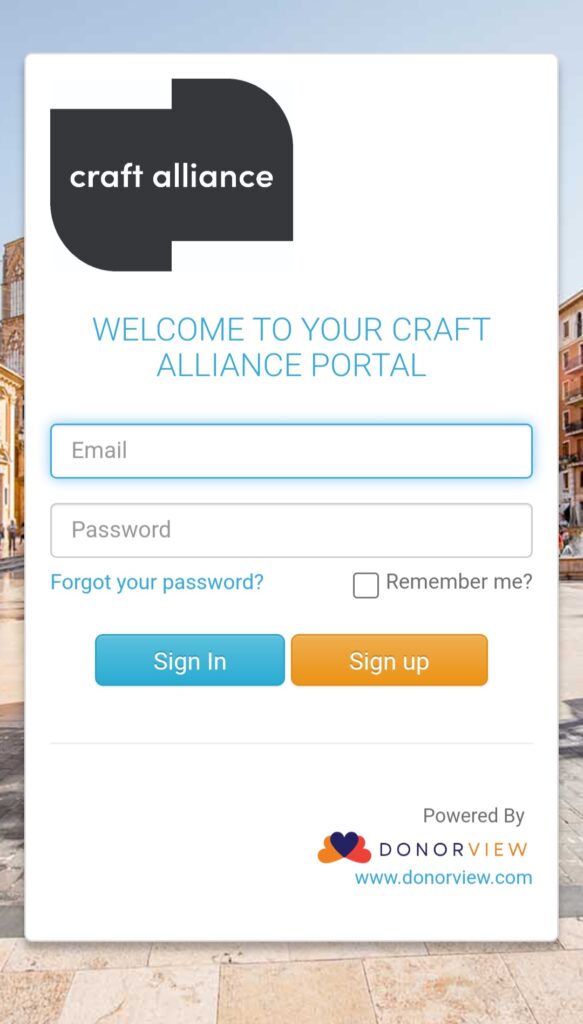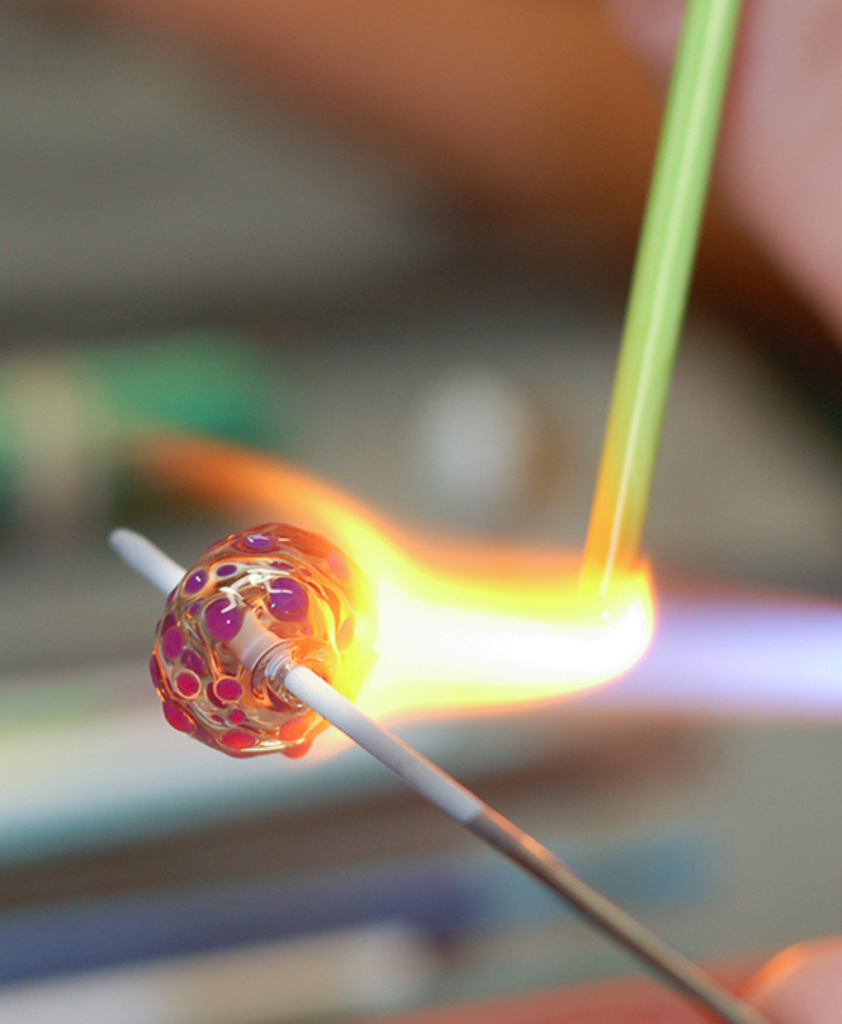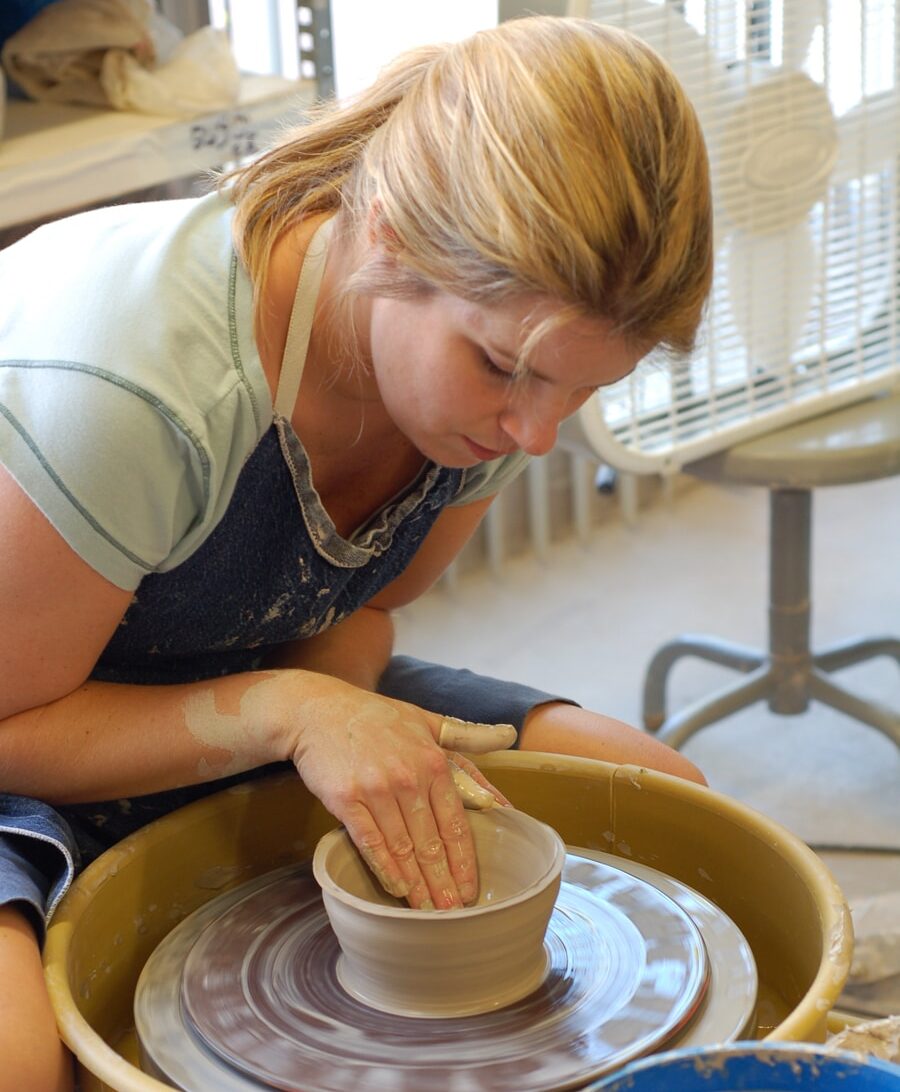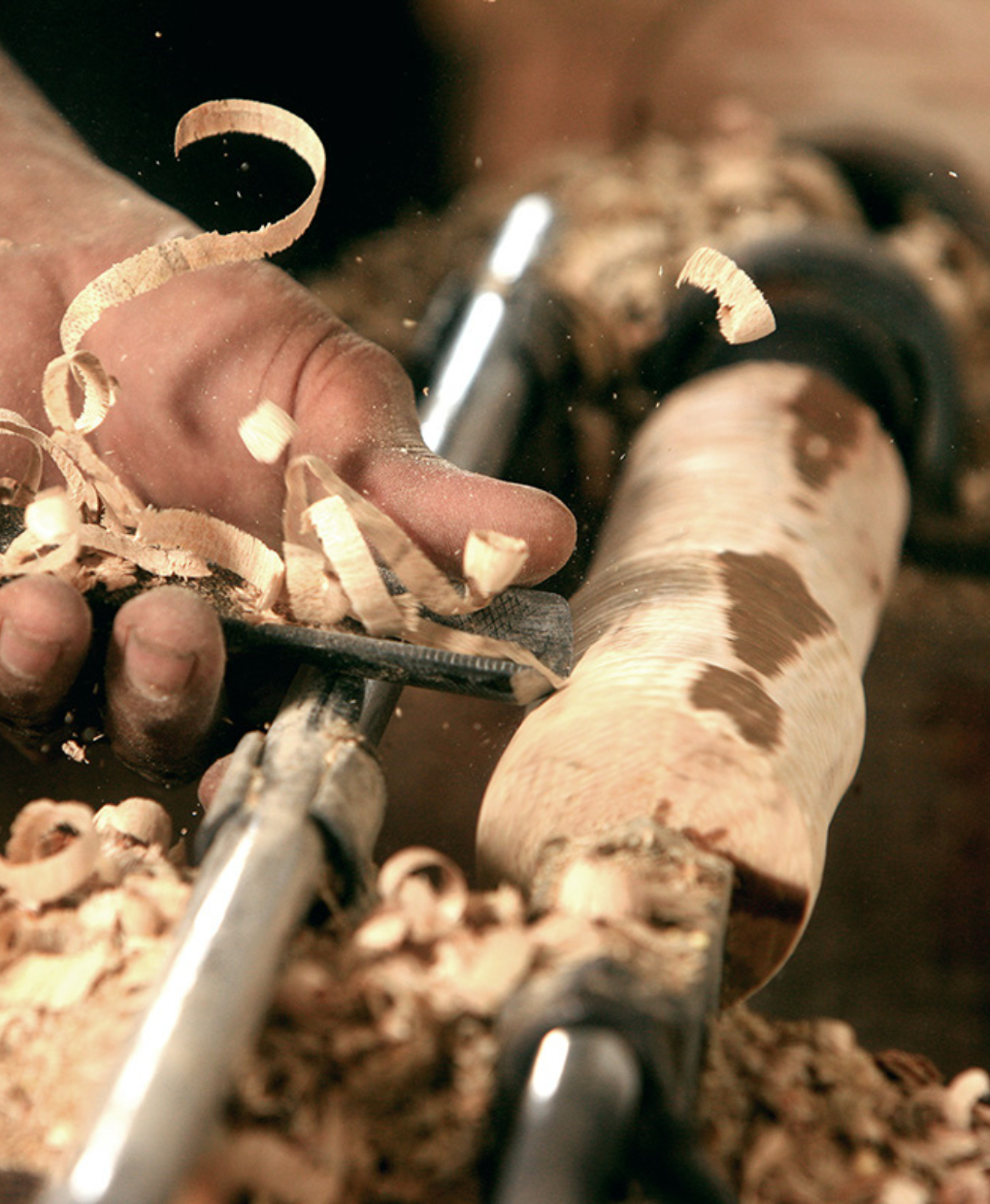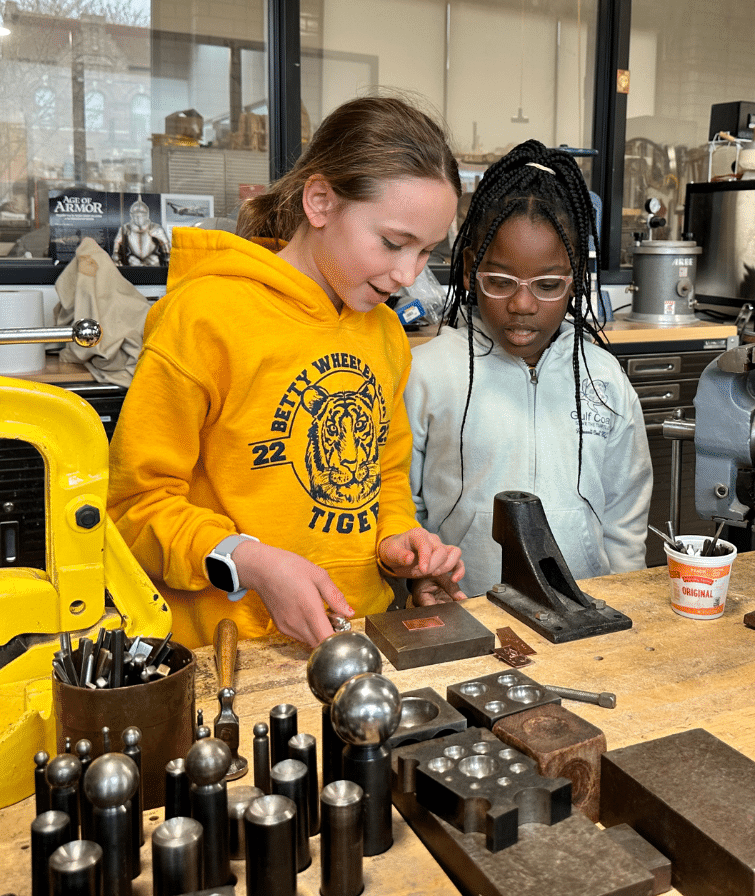Classes at Craft Alliance
Browse Our Digital Catalogs
Click on the catalog cover image to browse our full digital catalog.
Please note: Digital catalogs are NOT updated throughout the semester as classes are filled or canceled.
Youth Summer Camps
Adult Summer Catalog
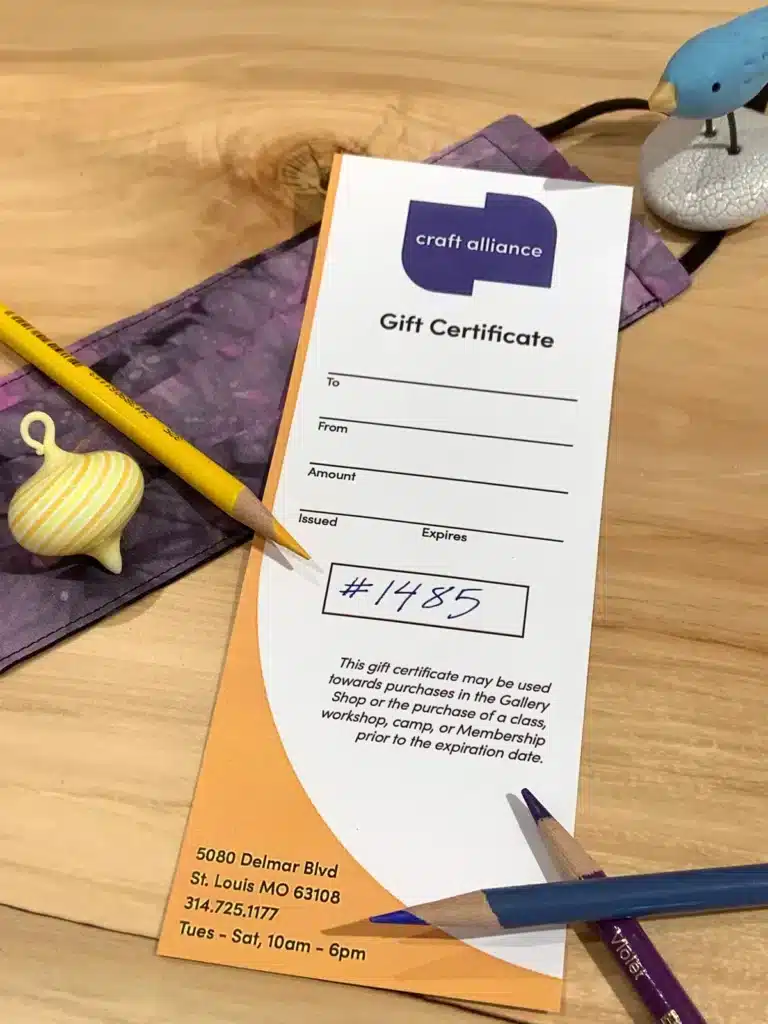
Looking to give the gift of craft with an Education Gift Certificate?
If you’d like to purchase a SHOP gift certificate, please visit in person or call the Shop at 314.725.1177 ext. 113.
If you’re purchasing an EDUCATION gift certificate for classes, workshops, or materials, you can visit, call, OR purchase online by clicking the button below!
Gift certificates expire one year from date of purchase.
Tuition Assistance
Craft Alliance is committed to making our programs accessible to everyone. We offer limited tuition assistance throughout the summer. Click the button below to apply.
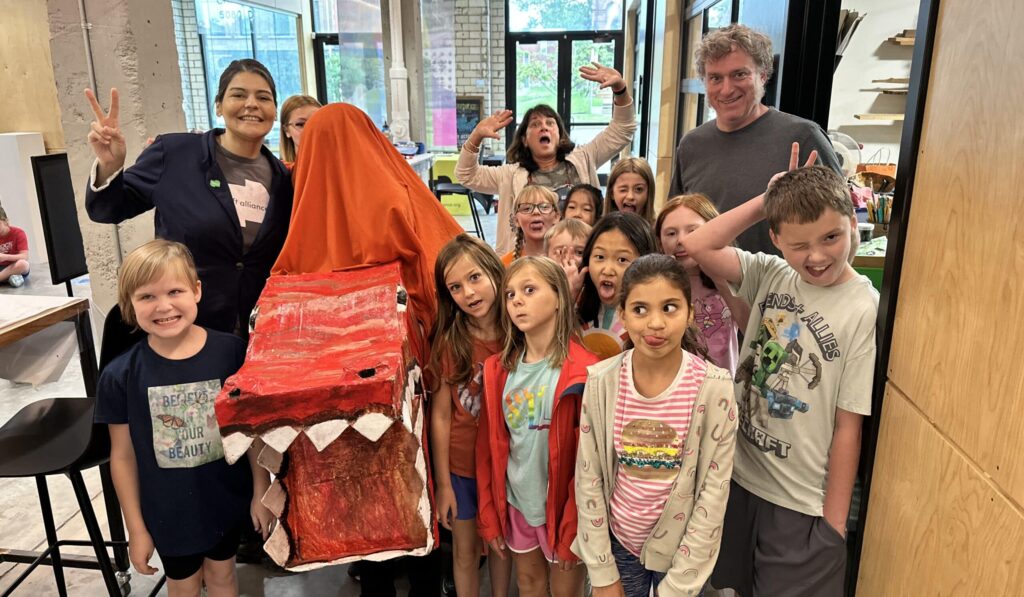
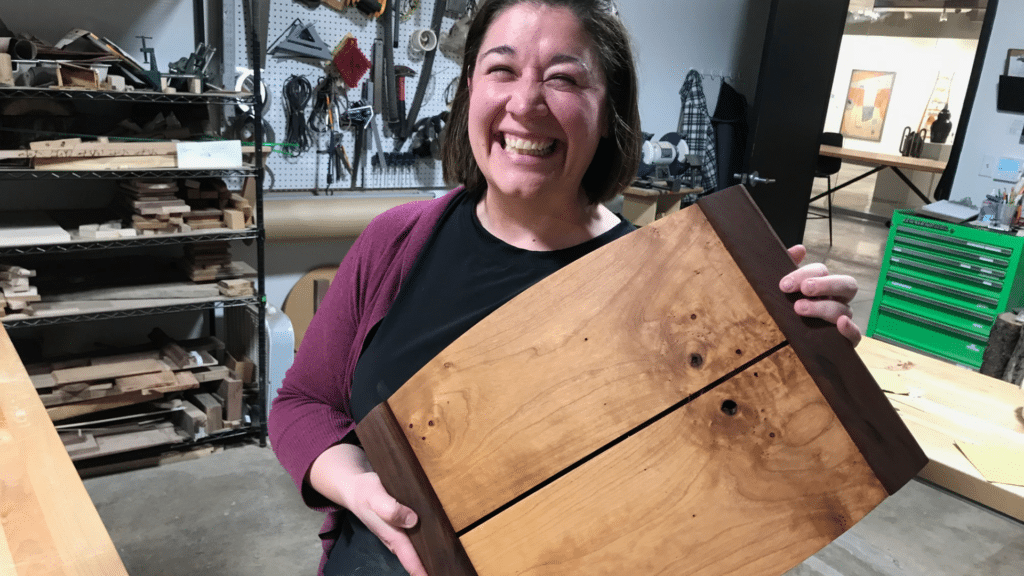

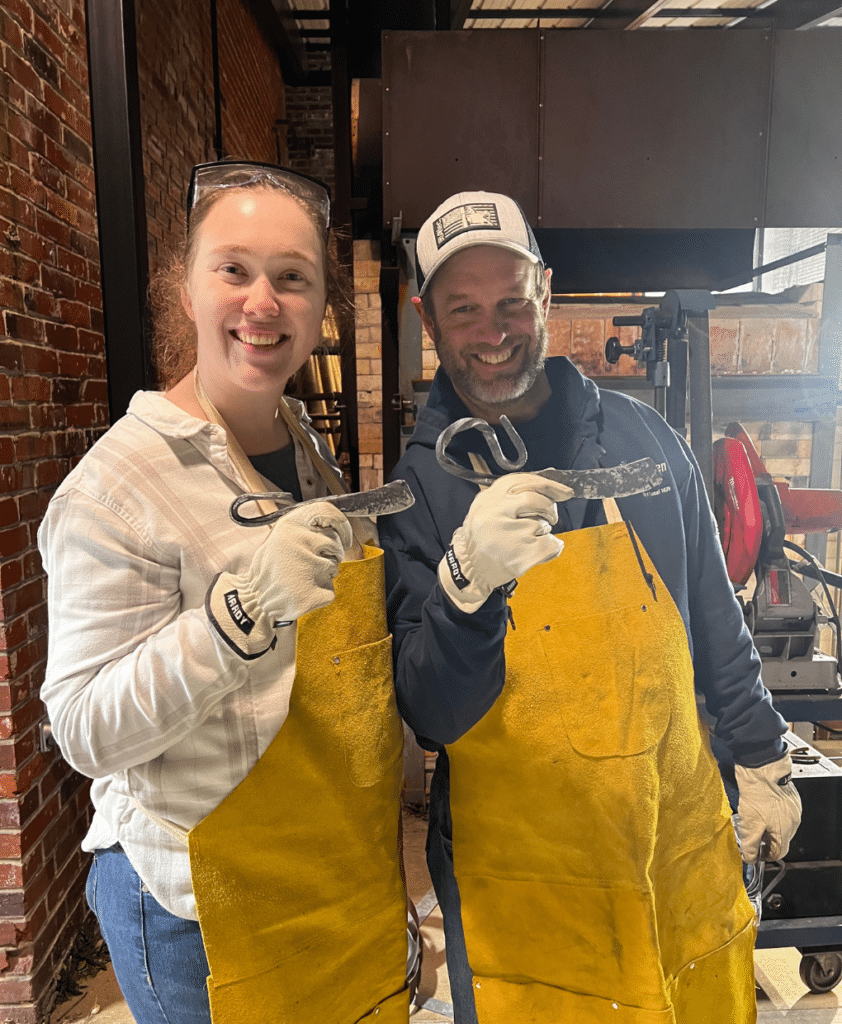
Early Access—Be a Craft Alliance Member!
Having trouble signing up for Classes?
Here’s a comprehensive guide to help you set up your profile and register for your classes seamlessly. Whether you’re a new student or a returning one, this step-by-step walkthrough will ensure you navigate the transition smoothly.
